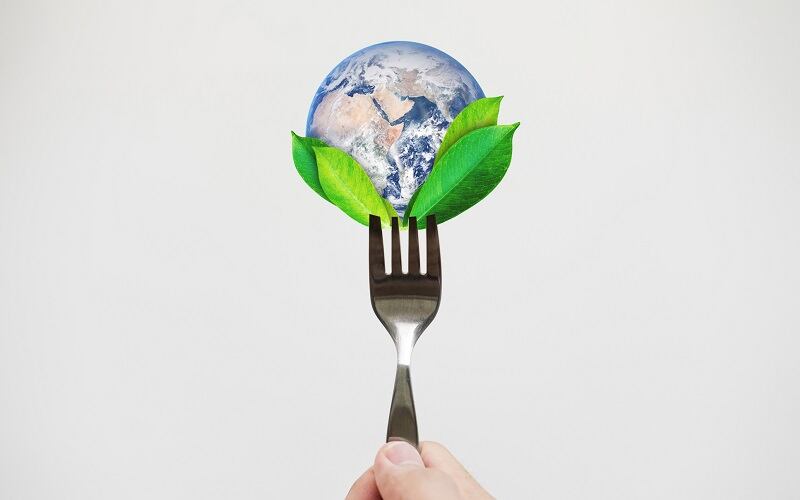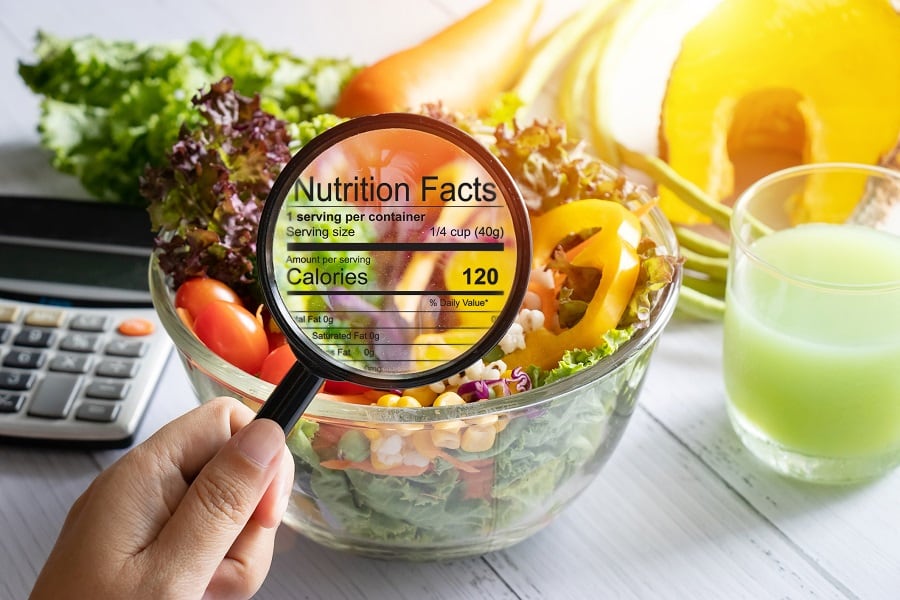This year's IFT FIRST's program, which took place in Chicago on July 17-19, centered around future-proofing the industry from impending volatility through discussions and a trade show centered around fortified and functional ingredients, supply chain transparency and traceability, nutrition and health and of course, the evolving definition of sustainability.
Using the Sustainable Agriculture Initiative (SAI) Platform, companies like Ingredion assess a range of farm sustainability touchpoints from crop harvest and climate intelligence to improving water management and regenerative agriculture solutions. Although, Nash explained, there currently is not a single standard to regenerative agriculture that consumers can identify with – which begs the question, how do you market regenerative agriculture?
“I think there is a very big challenge from our customers onto the consumers about how you market sustainable agriculture,” Nash explained to FoodNavigator-USA. “Outside of Fairtrade or Rainforest Alliance, which are on specific crops, there’s not necessarily something that [a company] can put on a label that says the corn that made the ingredient the starch for this product is sustainably sourced that consumers would recognize.”
Although it’s only a matter of time, Nash says, where if enough companies move away from differentiating themselves through their own programs and towards a more unified platform, like SAI, for example, “then I think consumers will start to acknowledge what it is. If you compare that to…hundreds of different label claims, it all just gets lost in the noise.”
Regenerative agriculture has been practiced for millennia, where early humans learned how to maintain soil health through fallowing (resting after harvest), cover cropping, composting and managed grazing, among others. As civilizations grew, crops and stock were hyper commoditized at the expense of the soil.
“It’s really focused on soil health. What is going to maintain that healthy soil and that ultimately gets back to climate resiliency. So if the soil is healthy, we already know that healthy soil absorbs water and holds it better than unhealthy soil. As you get droughts, there’s less impact there. As you get heavy rains or flooding, there’s less runoff, so there’s less impact of fertilizers or pesticides going into local waterways,” Nash added.



